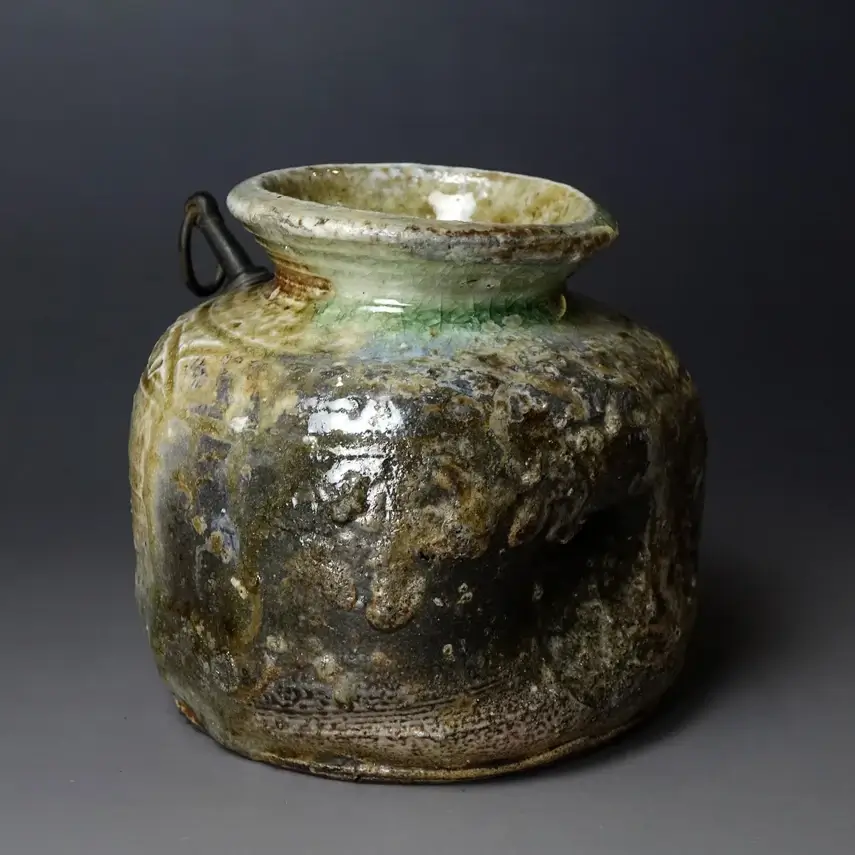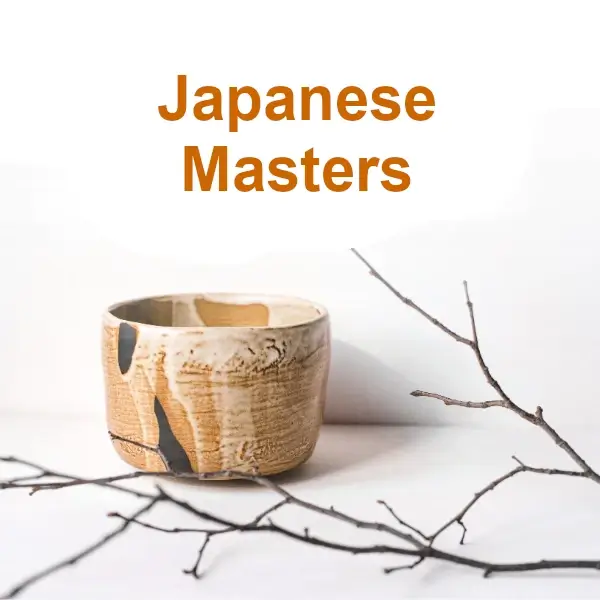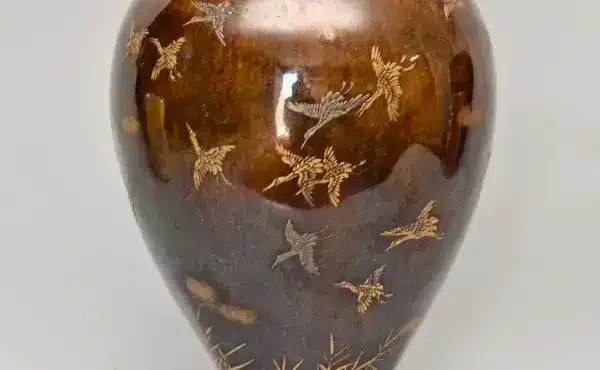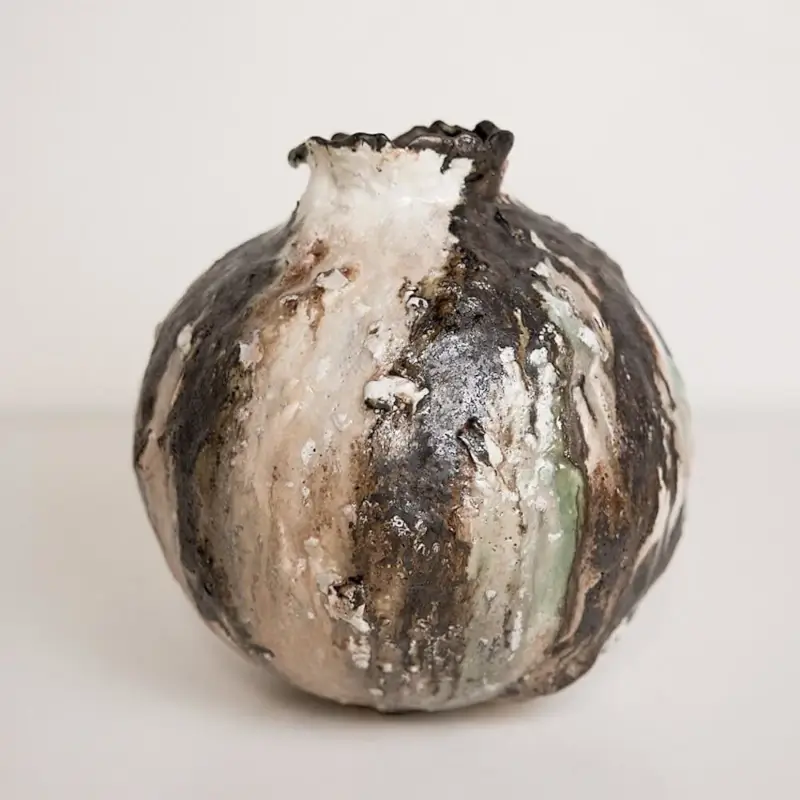Celadon: The Color Alchemy of an Ancient Ceramic

Celadon is a ceramic technique originating in China, famous for its green-toned glaze that emulates jade, with a translucent quality and a finish reminiscent of nature’s softness and serenity. It is an ancient and highly valued artistic expression.
The Celadon Historical Route
Celadon: A Legacy from China
Celadon pottery, with its distinctive pale green color, is a technique that originated in the ancient Yue region of China, flourishing notably in the famous Longquan, known for its large-scale celadon production. This art has endured through the centuries, being a treasure of pottery and ceramics that represents the rich cultural history of the country.
Where This Famous Name Comes From
The term “celadon” to describe this type of pottery comes from Europe, and is believed to have been inspired by the name of the character Céladon, the protagonist of the pastoral novel “Astrea” written by Honoré d’Urfé, which was very popular during the 17th century in France. Céladon was a shepherd whose attire, especially his pale green cloak, became associated with the distinctive green hue of Chinese pottery. The pottery later adopted this name in Europe as a way of describing its unique green color.
Enamel Technique
Celadon glaze, with shades ranging from green to blue-green, is obtained by careful firing in high-temperature kilns, where the clay is transformed and fused with iron oxide to create the characteristic greenish color.

Celadon Characteristics and Manufacturing
The Art of Creating the Celadon in Ceramics
The manufacture of celadon is an artisanal process that has been refined over the centuries. From the selection of the clay to the decoration of each piece with traditional Chinese motifs, each step is a testament to the dedication and technique involved in the creation of these ceramics.
Colors and Motifs
Not only green, but also shades of gray and blue, are embodied in celadon, each obtained by the reaction of the colored glaze with oxygen during firing. The motifs decorating these pieces are often depictions of nature and Chinese mythology, adding deep symbolism to the already inherent beauty of porcelain.
The Celadon Today
The celadon technique has transcended borders, influencing pottery and ceramics beyond Korea and becoming valued worldwide. Today, celadon production remains a respected art and Longquan celadons are especially sought after by collectors and connoisseurs.

Buy celadon ceramics
Fortunately there are potters who make pieces using celadon in the traditional way and who create unique works of art. You can see them here.
Conclusion: The Eternal Influence of Celadon
Celadon is not just a type of pottery; it is a heritage of ancient China, a bridge between the past and the present, an art that continues to come alive in every piece created. From the Yue region to the farthest corners of the globe, celadon remains synonymous with beauty and tradition. Its greenish glaze, so varied and deep, reminds us of the rich palette of nature and the unparalleled skill of the artisans who have been using it in pottery for centuries.
We hope you liked this post. It will help us if you share it on social networks
Latest publications:





